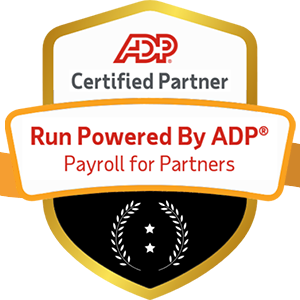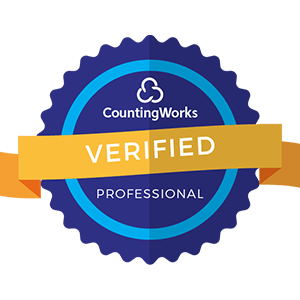
In today's fast-paced and evolving business landscape, companies continuously seek ways to optimize operations, cut costs, and maintain a competitive edge. Human Resources (HR), traditionally a labor-intensive and error-prone department, is experiencing a transformative shift with the advent of Robotic Process Automation (RPA). This technology not only enhances efficiency but also frees up HR professionals to focus on more strategic tasks.

RPA refers to software "robots" or "bots" that automate repetitive, rule-based tasks previously performed by humans. These bots can log into applications, enter data, calculate, and perform tasks across multiple systems. Unlike other automation technologies, RPA operates on top of existing IT infrastructure, making it a cost-effective and minimally disruptive solution.
To effectively implement RPA, consider this three-step approach:

1. Recruitment and Onboarding
RPA dramatically streamlines recruitment by automating job postings, resume screening, and interview scheduling. This not only speeds up hiring but also enhances the candidate experience.
2. Payroll and Benefits Administration
RPA improves the accuracy and efficiency of payroll operations by automating data extraction, calculations, and updates across systems. This ensures timely and error-free payroll and benefits delivery.
3. Employee Data Management
Managing employee data across multiple systems can be streamlined with RPA. Bots can automatically update records, ensuring accuracy and reducing the administrative burden.
4. Employee Engagement and Support
RPA can enhance employee support by automating responses to common inquiries and routing complex issues to appropriate HR personnel, improving efficiency and employee satisfaction.
RPA enables HR departments to do more with less by:
Enhancing compliance and reducing risks
To maximize benefits, HR leaders should:

Integrating RPA with AI and machine learning will likely introduce more advanced levels of automation in HR. This evolution will shift the HR function from administrative to strategic, focusing more on driving business value and enhancing employee experiences.
For HR leaders, the rise of RPA presents both a challenge and an opportunity. To successfully implement RPA, leaders must:
The robot revolution in HR is not just about reducing labor costs or automating tasks—it's about fundamentally enhancing HR's strategic capability. As RPA continues to evolve, it promises to unlock unprecedented levels of efficiency and innovation in HR, transforming how organizations manage their most valuable asset: their people. Embracing RPA in HR is no longer an option but is necessary for companies aiming to thrive in the digital age.


